Back to Courses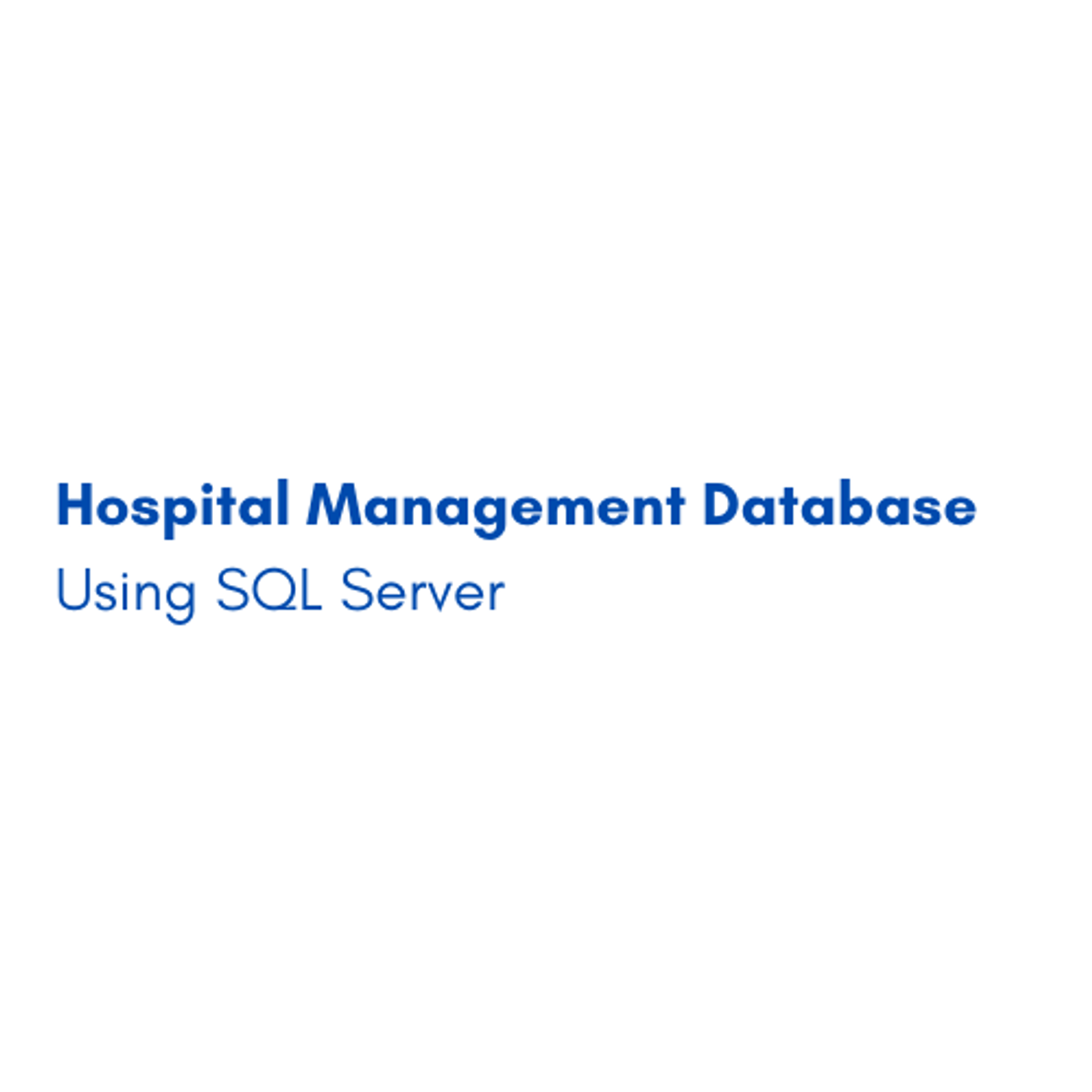
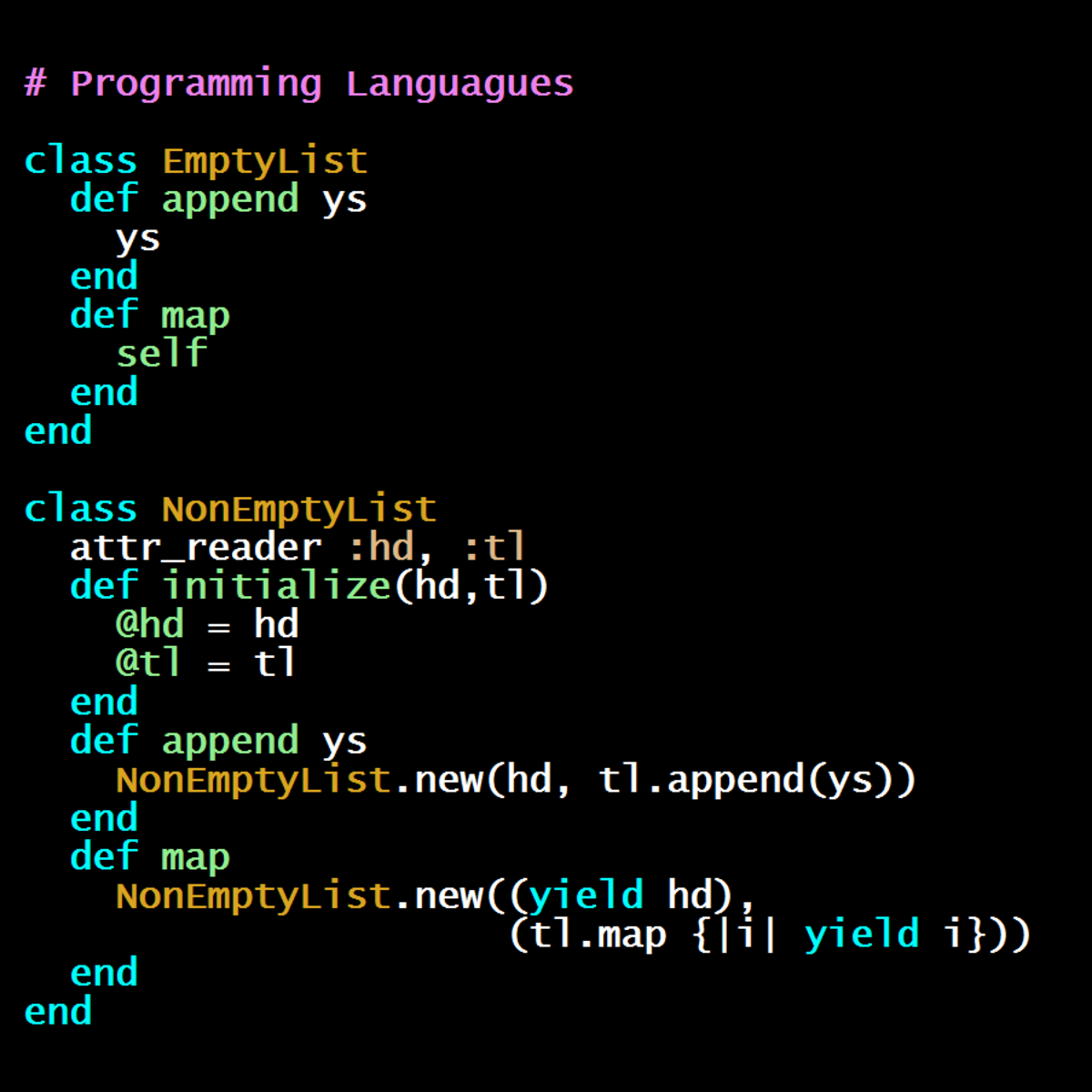
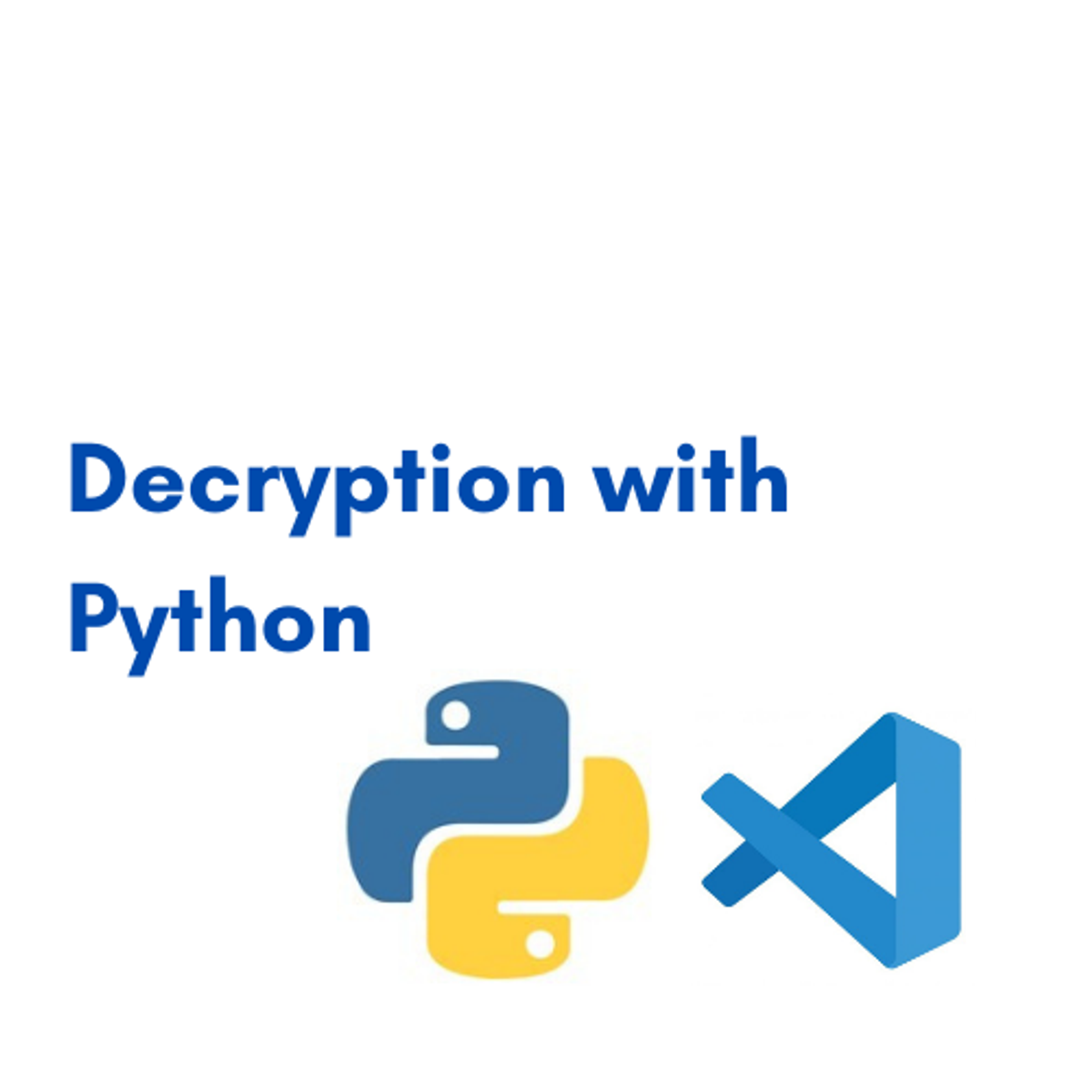
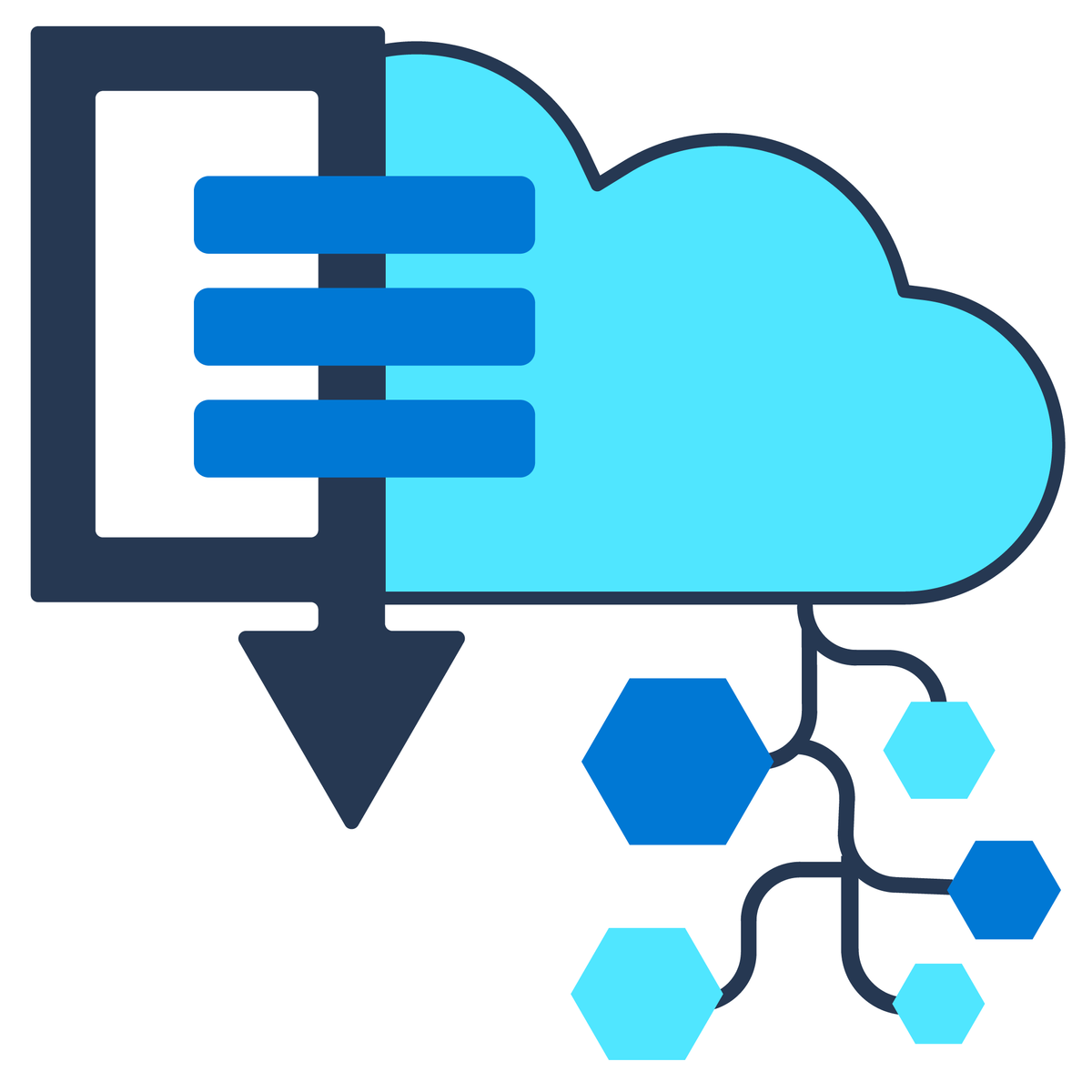


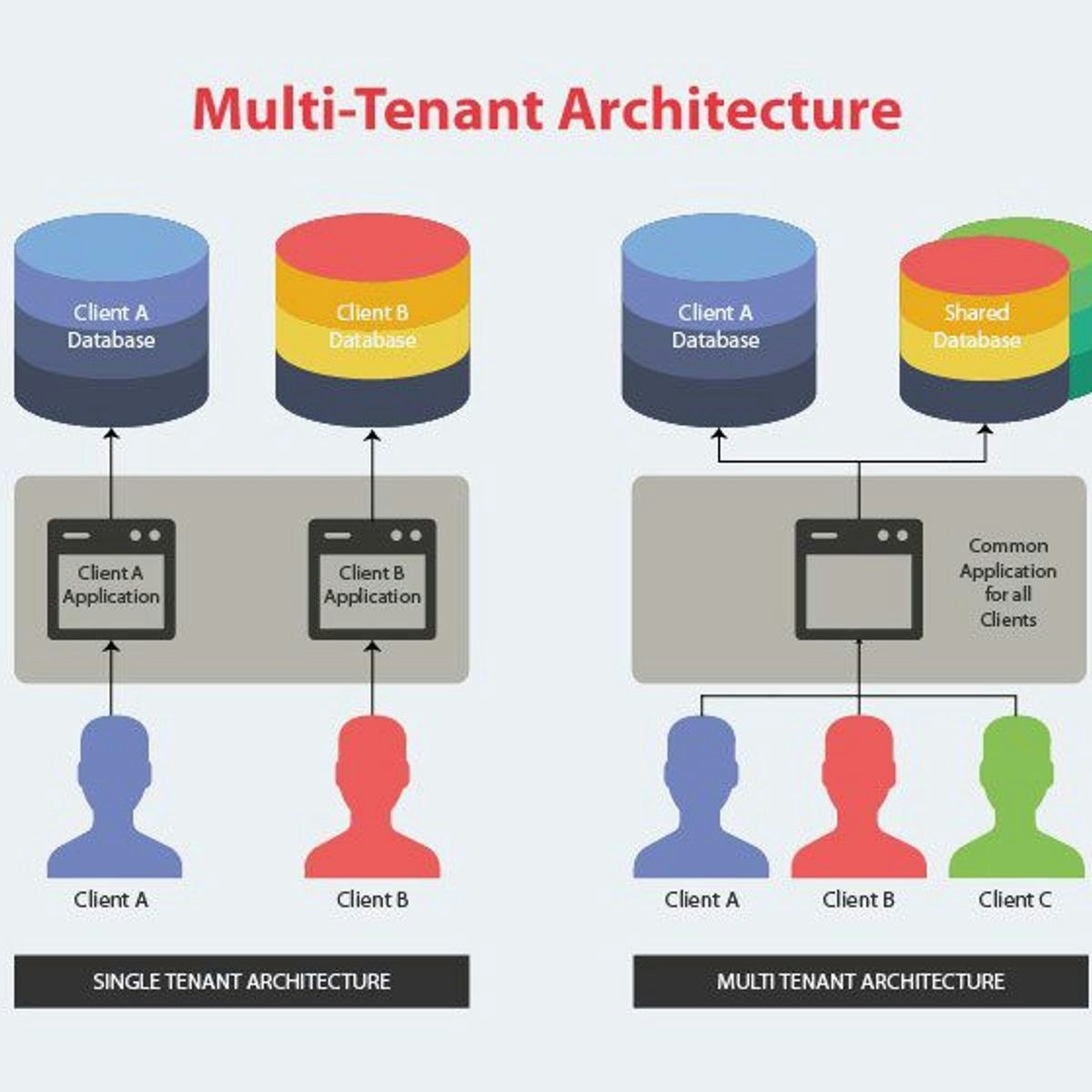

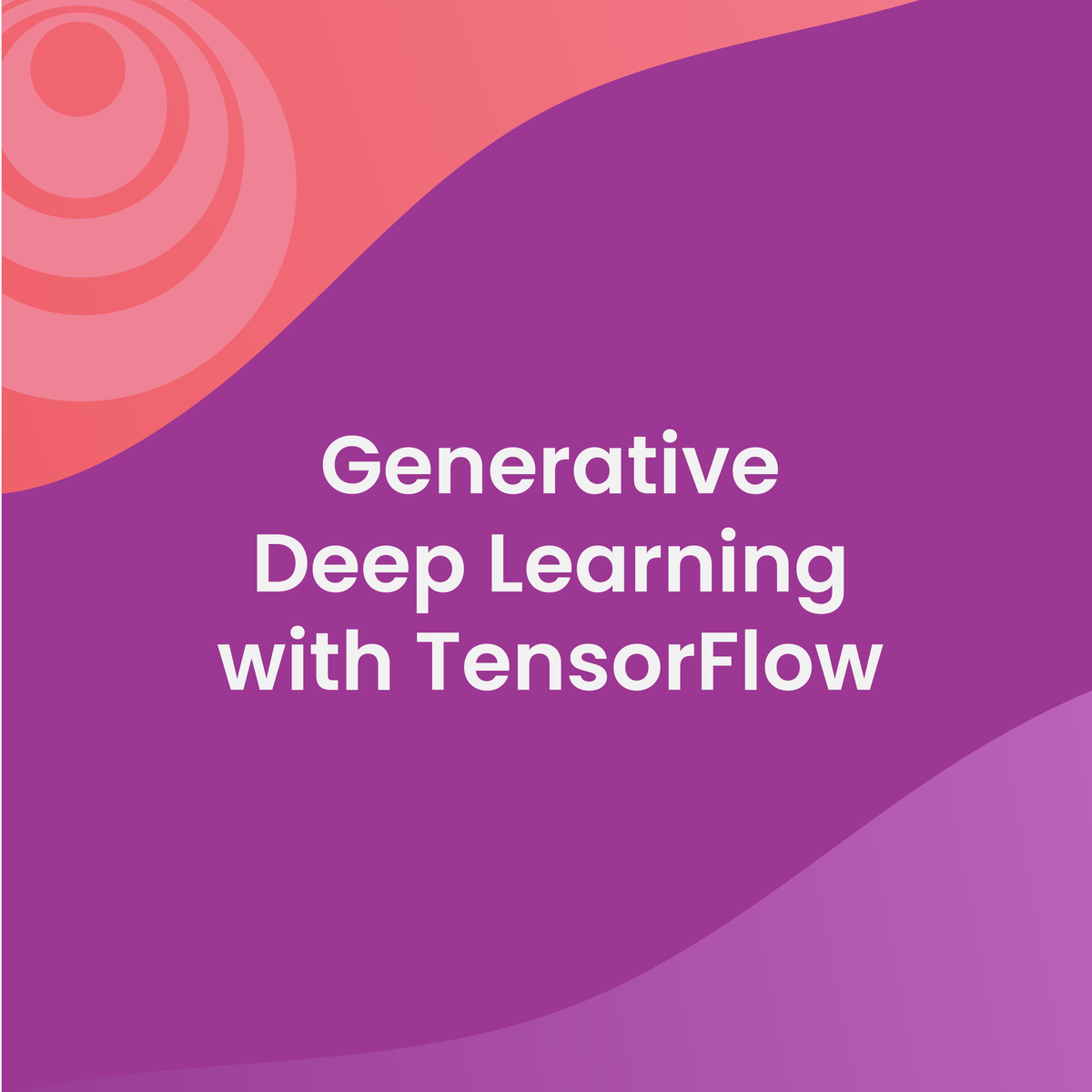

Software Development Courses - Page 112
Showing results 1111-1120 of 1266

Hospital management database using SQL server
In this 1-hour long project-based course, you will be able to efficiently manage databases using SQL server. In this project, you will be able to work on different databases by using an existing database or creating your own database from scratch. Moreover, you will be able to create, alter and drop tables, identify the difference between Data Definition Language (DDL) and Data Manipulation Language (DML) and finally, insert, update and delete rows in the database.
Along the way, you will be applying and practicing the basic features of the database and SQL commands, as well as using DDL, DML, Query statement, Functions, Ordering, Comparison, and Logical condition to use in your work as a software engineer or web developer.
Note: This course works best for learners who are based in the North America region. We’re currently working on providing the same experience in other regions.

Programming Languages, Part C
[As described below, this is Part C of a 3-part course. Participants should complete Parts A and B first -- Part C "dives right in" and refers often to material from Part A and Part B.]
This course is an introduction to the basic concepts of programming languages, with a strong emphasis on functional programming. The course uses the languages ML, Racket, and Ruby as vehicles for teaching the concepts, but the real intent is to teach enough about how any language “fits together” to make you more effective programming in any language -- and in learning new ones.
This course is neither particularly theoretical nor just about programming specifics -- it will give you a framework for understanding how to use language constructs effectively and how to design correct and elegant programs. By using different languages, you will learn to think more deeply than in terms of the particular syntax of one language. The emphasis on functional programming is essential for learning how to write robust, reusable, composable, and elegant programs. Indeed, many of the most important ideas in modern languages have their roots in functional programming. Get ready to learn a fresh and beautiful way to look at software and how to have fun building it.
The course assumes some prior experience with programming, as described in more detail in the first module of Part A. Part B assumes successful completion of Part A.
The course is divided into three Coursera courses: Part A, Part B, and Part C. As explained in more detail in the first module of Part A, the overall course is a substantial amount of challenging material, so the three-part format provides two intermediate milestones and opportunities for a pause before continuing. The three parts are designed to be completed in order and set up to motivate you to continue through to the end of Part C.
Week 1 of Part A has a more detailed list of topics for all three parts of the course, but it is expected that most course participants will not (yet!) know what all these topics mean.

Decryption with Python
By the end of this project, you will be able to apply different decryption algorithms and techniques using Python. Moreover, you will apply cryptography concepts through completing several practical exercises to build a solid foundation in decrypting information and data using several renowned industry encryption algorithms.
You will write programs that decrypt data using ciphers including the reverse cipher Caesar Cipher and Fernet symmetric and RSA asymmetric encryption algorithms.
This project is for intermediate Python programmers who already have a basic familiarity with thePython programming language and are interested in cryptography.
This project will provide you with the skills needed to write software that encrypt and decrypt data.
We will be using Python for this project . It has quickly become the world’s most popular programming language making it suitable for this project.

Connect Your Services with Microsoft Azure Service Bus
Azure lets you create applications composed of various components: website front-ends, back-end services, and triggered functions that perform compute-on-demand services. Azure also includes various communication strategies to let these various components pass data to each other. In this course, you will learn how to leverage these communication services to create scalable, efficient solutions out of testable components.
This course will help you prepare for the Microsoft Certified: Azure Developer Associate certification. This course is part of a Specialization intended for developers who want to demonstrate their expertise in all phases of cloud development from requirements, definition, and design; to development, deployment, and maintenance; to performance tuning and monitoring. It is ideal for anyone interested in preparing for the AZ-204: Developing Solutions for Microsoft Azure exam.
This is the second course in a program of 8 courses to help prepare you to take the exam. Each course teaches you the concepts and skills that are measured by the exam.
By the end of this Professional Certificate program, you will be ready to take and sign-up for the Exam AZ-204: Developing Solutions for Microsoft Azure.

Introduction to Intel® Distribution of OpenVINO™ toolkit for Computer Vision Applications
Welcome to the Introduction to Intel® Distribution of OpenVINO™ toolkit for Computer Vision Applications course!
This course provides easy access to the fundamental concepts of the Intel Distribution of OpenVINO toolkit. Throughout this course, you will be introduced to demos, showcasing the capabilities of this toolkit.
With the skills you acquire from this course, you will be able to describe the value of tools and utilities provided in the Intel Distribution of OpenVINO toolkit, such as the model downloader, model optimizer and inference engine.
Who this class is for:
This course is intended for learners with no prior experience with computer vision, although previous knowledge is helpful. This course is ideal for anyone interested in learning more about core concepts of computer vision applications and the Intel Distribution of OpenVINO toolkit.
Estimated Workload:
You should expect to allocate about 3 hours to complete this course.
Learner pre-requisites:
No prior knowledge of computer vision is necessary, although previous experience is helpful.

Game Design and Development 2: 2D Platformer
If you love games and want to learn how to make them, then this course is your second step down that path. In this course you will learn the fundamentals of game design, including an understanding of the game world, storytelling, gameplay, user experience, and game technology. You will continue developing videogames using industry standard game development tools, including the Unity game engine. At the end of the course you will have completed a 2D Platformer game, and will be able to leverage an array of game development techniques to create your own basic games.

How to Implement Multitenancy in Django
In this 1-hour 30 minutes long project-based course, you will learn how to implement multitenancy in Django.
You will learn about multitenancy and postgresql database. You will also learn to create a multitenant API in Django and finally learn how to test multitenant architecture using postman tool.
For this project, You should have basic knowledge of Django and creating simple API in Django. you should also know about how to use postman tool to test API.
Note: This course works best for learners who are based in the North America region. We’re currently working on providing the same experience in other regions.

AWS Elastic Beanstalk: Build & Deploy a Node.js RESTful API
In this 1-hour long project-based course, you will learn how to create a Node.js RESTful API & launch it on your own server using AWS Elastic Beanstalk technology. You will be using the Express.js, or simply Express, a back end web application framework for Node.js framework to create your RESTful API & AWS desktop management console to deploy the RESTful API to the AWS servers. Additionally, you will learn more about reading the server logs, how to switch between different versions of your API applications & also, monitoring your AWS servers using Elastic Beanstalk Management Console.
Note: To avoid distraction for set up during the course, we would recommend that you create an Amazon AWS account beforehand. Amazon AWS provides a free tier option for 1 year & the course materials will utilize services that fall under the free tier option.

Generative Deep Learning with TensorFlow
In this course, you will:
a) Learn neural style transfer using transfer learning: extract the content of an image (eg. swan), and the style of a painting (eg. cubist or impressionist), and combine the content and style into a new image.
b) Build simple AutoEncoders on the familiar MNIST dataset, and more complex deep and convolutional architectures on the Fashion MNIST dataset, understand the difference in results of the DNN and CNN AutoEncoder models, identify ways to de-noise noisy images, and build a CNN AutoEncoder using TensorFlow to output a clean image from a noisy one.
c) Explore Variational AutoEncoders (VAEs) to generate entirely new data, and generate anime faces to compare them against reference images.
d) Learn about GANs; their invention, properties, architecture, and how they vary from VAEs, understand the function of the generator and the discriminator within the model, the concept of 2 training phases and the role of introduced noise, and build your own GAN that can generate faces.
The DeepLearning.AI TensorFlow: Advanced Techniques Specialization introduces the features of TensorFlow that provide learners with more control over their model architecture, and gives them the tools to create and train advanced ML models.
This Specialization is for early and mid-career software and machine learning engineers with a foundational understanding of TensorFlow who are looking to expand their knowledge and skill set by learning advanced TensorFlow features to build powerful models.

Explainable AI: Scene Classification and GradCam Visualization
In this 2 hour long hands-on project, we will train a deep learning model to predict the type of scenery in images. In addition, we are going to use a technique known as Grad-Cam to help explain how AI models think. This project could be practically used for detecting the type of scenery from the satellite images.
Popular Internships and Jobs by Categories
Browse
© 2024 BoostGrad | All rights reserved


